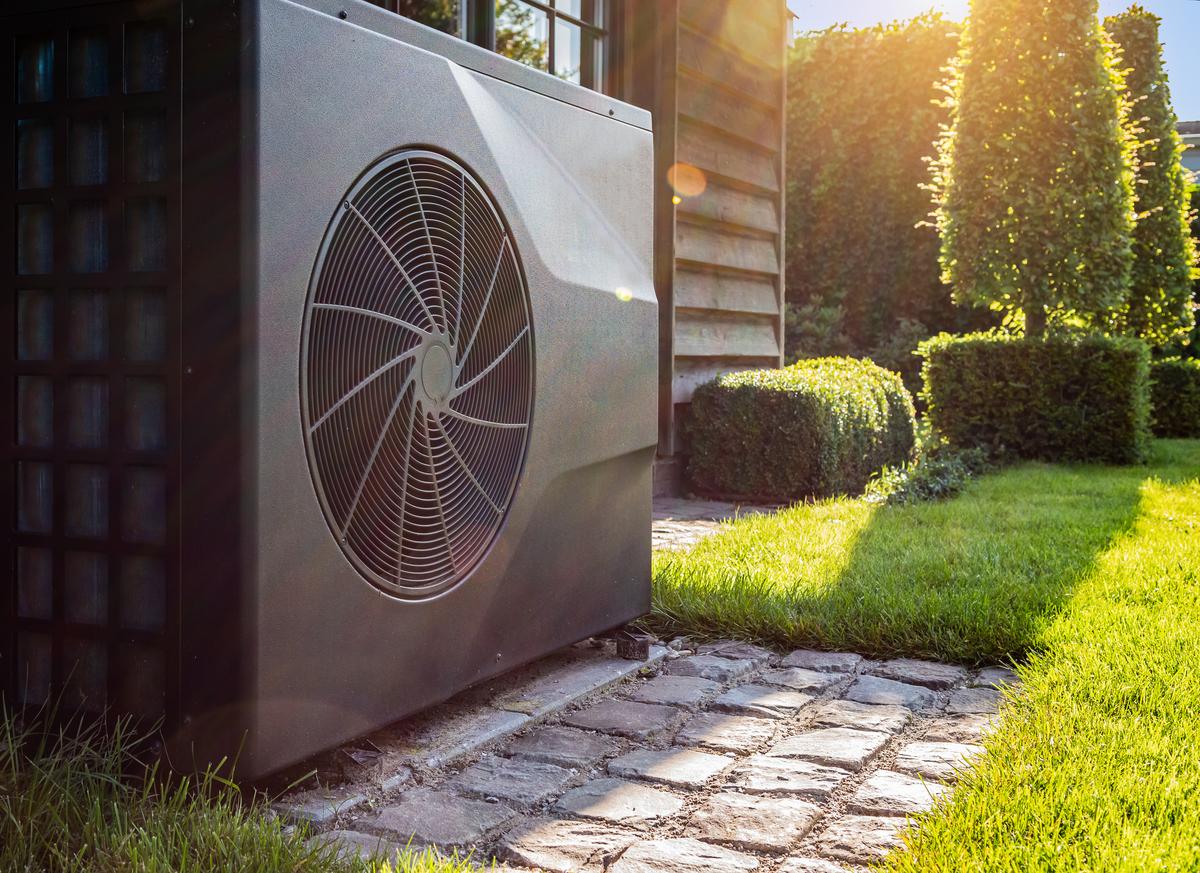In this episode of Sustainability Leaders, Ashish Arora, Regional Vice President of Specialized Sales Group at BMO, sat down with home retrofit experts to discuss the benefits of energy-efficient upgrades to help homeowners make informed choices that can reduce energy costs, improve comfort and contribute to a healthier environment. In this episode:
Paul Dowsett, Principal Architect at Sustainable
Sarah Grant, Certified Energy Auditor, and Founder of Goldfinch Energy
Lori Zucchiatti O'Neill and Michael O'Neill, homeowners that have retrofitted their home
Listen to our ~35-minute episode
Sustainability Leaders podcast is live on all major channels, including Apple and Spotify.
